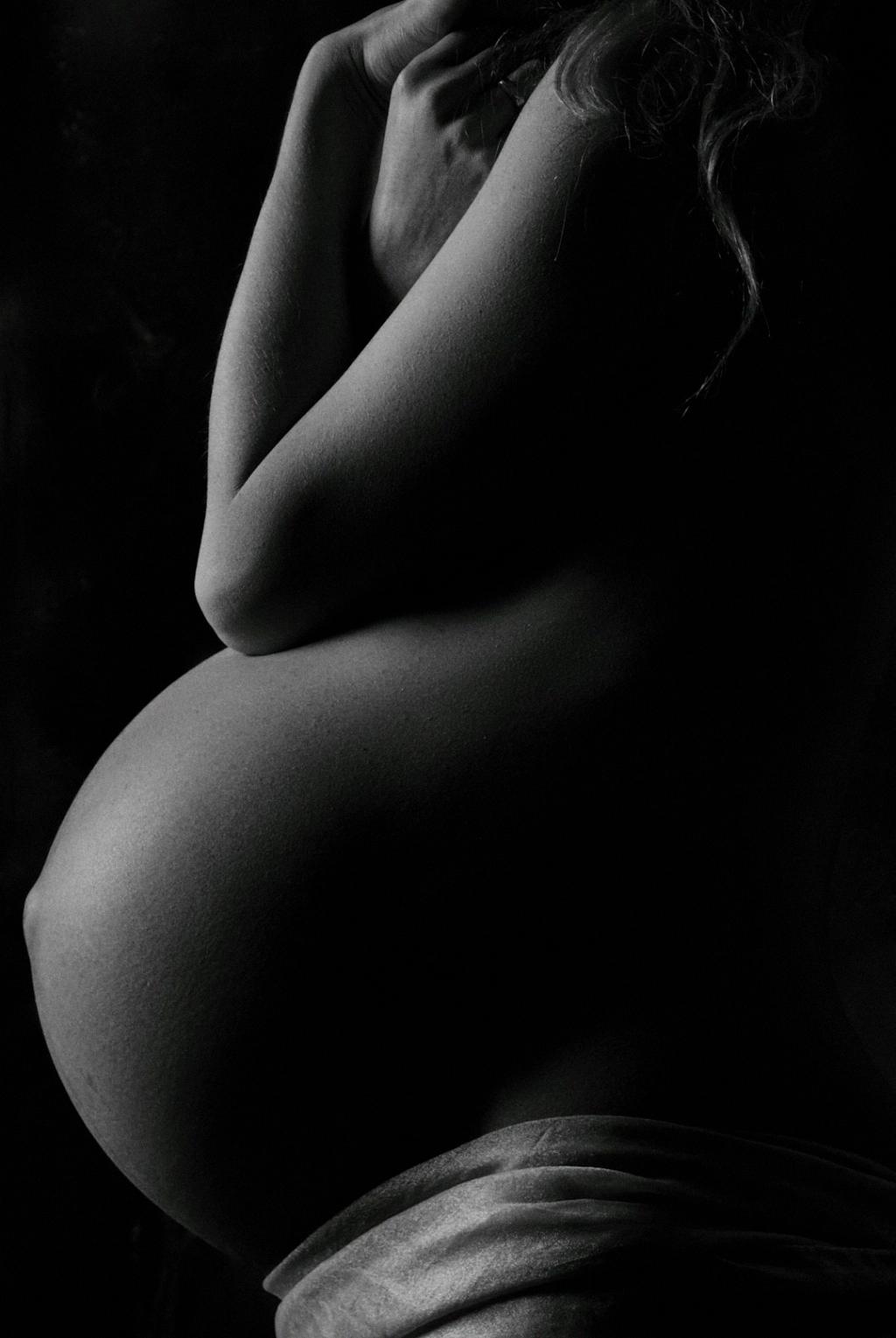Abdominal separation, also known as diastasis recti, is a common condition that many pregnant individuals experience. It occurs when the two bands of abdominal muscles separate, creating a noticeable gap. This condition typically occurs towards the end of pregnancy or after giving birth.
Factors Contributing to Abs Separation
During pregnancy, the growing uterus puts pressure on the abdominal muscles, causing them to stretch and weaken. Hormonal changes, such as the increase in relaxin, can also contribute to the separation of the abdominal muscles. Additionally, repeated poor posture and improper lifting techniques can further exacerbate the condition.
Recognizing the Symptoms of Abdominal Separation
One of the key symptoms of abdominal separation is the presence of a visible gap between the two bands of abdominal muscles. This gap becomes more apparent when lying flat and lifting the head. Some individuals may also experience lower back pain, pelvic floor issues, and a protruding belly.
When Does Abs Separation Typically Occur?
Abdominal separation often occurs towards the end of the second trimester or during the third trimester of pregnancy as the uterus expands rapidly. However, it is important to note that each person’s body is unique, and the timing of abs separation can vary.
Preventing and Managing Abdominal Separation
While abdominal separation is a common occurrence during pregnancy, there are steps that can be taken to prevent and manage the condition. Engaging in gentle exercises that strengthen the core muscles, maintaining proper posture, and avoiding activities that place excessive strain on the abdomen can help prevent diastasis recti.
Consulting with a Healthcare Provider
If you suspect that you may have abdominal separation, it is important to consult with your healthcare provider. They can assess the degree of separation and provide guidance on appropriate exercises and lifestyle modifications to help manage the condition.
Postpartum Recovery and Rehabilitation
After giving birth, it is common for abdominal separation to persist. Postpartum rehabilitation programs that focus on strengthening the core muscles and improving posture can help to reduce the gap between the abdominal muscles and promote healing.
Embracing Your Body’s Journey
It is important to remember that abdominal separation is a natural part of the pregnancy and childbirth journey for many individuals. Embracing your body’s changes and focusing on overall strength and well-being can help promote healing and recovery.
Support and Resources
Seeking support from other parents, joining postnatal fitness classes, and working with a physical therapist specializing in women’s health can provide valuable resources and guidance for managing abdominal separation.
Listening to Your Body
During pregnancy and postpartum recovery, it is essential to listen to your body’s signals and adjust your activities accordingly. Avoiding intense abdominal exercises and movements that exacerbate the separation can support healing and prevent further strain.
Patience and Persistence
Recovering from abdominal separation takes time and patience. Consistent effort in engaging in targeted exercises, maintaining proper alignment, and practicing self-care can contribute to gradual improvement and healing of the abdominal muscles.
Final Thoughts
Overall, abdominal separation is a common occurrence during pregnancy and postpartum, influenced by factors such as hormonal changes, uterine expansion, and muscle weakness. By understanding the symptoms, seeking support from healthcare providers, and taking proactive steps to prevent and manage the condition, individuals can navigate their body’s journey with care and mindfulness.

